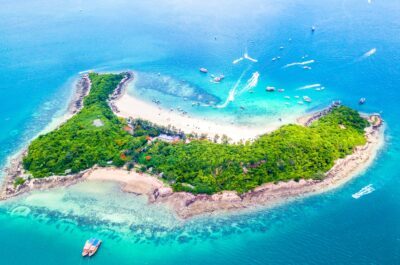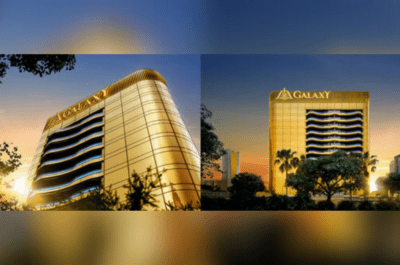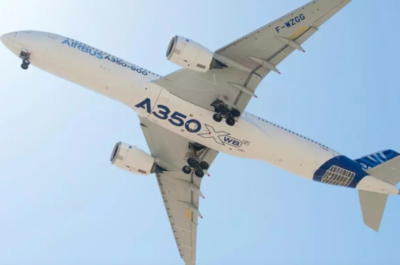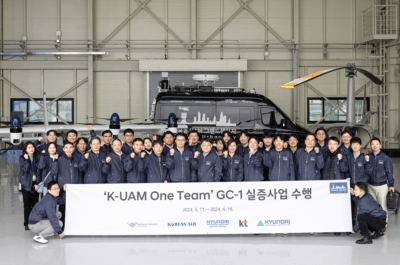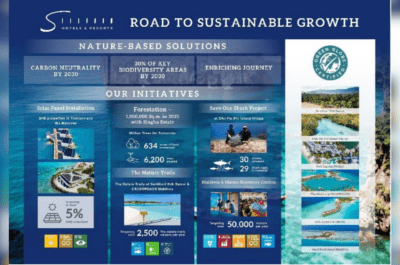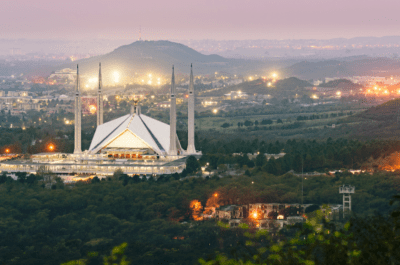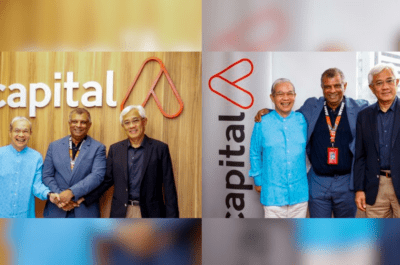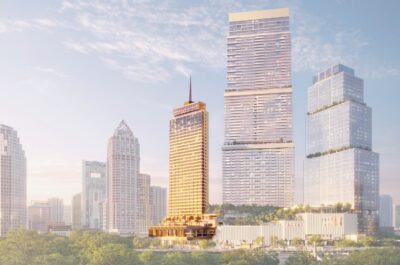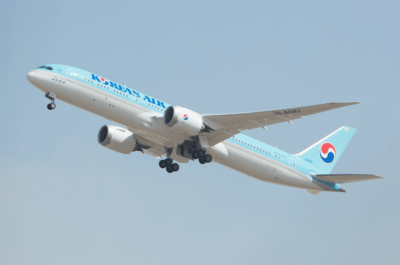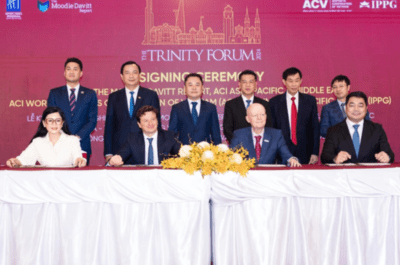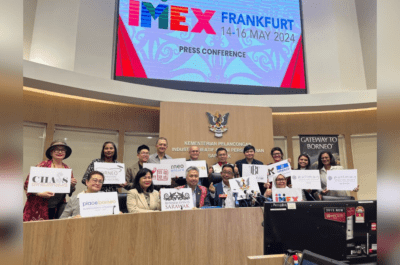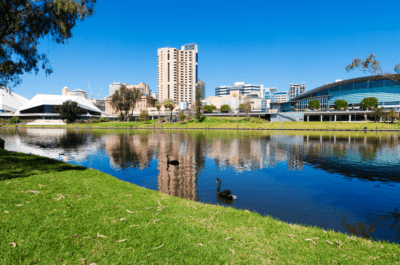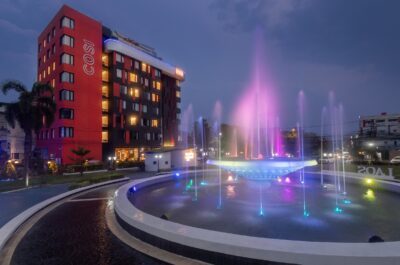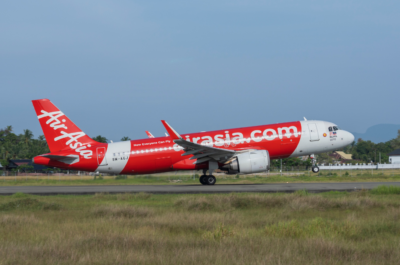BEIJING, Oct. 16, 2023 /PRNewswire/ — A report from People’s Daily: The third Belt and Road Forum for International Cooperation (BRF) is slated to take place in Beijing from Oct. […]
BEIJING, Oct. 16, 2023 /PRNewswire/ — A report from People’s Daily: The third Belt and Road Forum for International Cooperation (BRF) is slated to take place in Beijing from Oct. 17 to 18. Themed “High-quality Belt and Road Cooperation: Together for Common Development and Prosperity”, the forum, to be held on the 10th anniversary of the Belt and Road Initiative, is set to bring together representatives from over 140 countries and more than 30 international organizations.
Photo shows a section of the Nairobi Expressway linking the Jomo Kenyatta International Airport, Kenya’s main airport, on the eastern side of the country’s capital to the Nairobi-Nakuru highway in the west. The expressway has been financed, built, and operated by a Chinese company. (Photo by Huang Weixin/People’s Daily)
Since it was proposed 10 years ago, the BRI has ushered in many heartening stories of cooperation of the times.
British scholar Martin Jacques has pointed out that it is not an exaggeration to argue that over the decade of its existence the BRI has “changed the world”.
A review of the BRI cooperation in the overall context of global changes and development of the times can help better understand how it has changed the world.
The BRI was proposed at a time when the deep impacts of the Global Financial Crisis continued to emerge, and the international community faced the common task of exploring new growth points and starting a new cycle of world economic growth.
At that time, the foundations of global economic growth were unstable, trade and investment were sluggish, and economic globalization suffered setbacks while imbalances in development intensified.
In an effort to help the international community jointly meet the challenges of the times and overcome obstacles to development through cooperation, China proposed the BRI, a solution full of Oriental wisdom.
“The Belt and Road Initiative embodies our pursuit of common development. The Initiative aims to break development bottlenecks, narrow development gaps and promote the sharing of development fruits among countries. It envisions a community of common development where we work together through thick and thin for a shared future,” Chinese President Xi Jinping pointed out.
Focusing on the fundamental issue of development, the BRI aims to realize economic integration, interconnected development, and the sharing of achievements through the alignment of development strategies, injecting impetus into global economic recovery.
In June 2019, the World Bank released a special research report, which presented the concept of “Belt and Road Economics”. According to the report, BRI transport projects, if fully implemented, could contribute to lifting 32 million people who live on less than $3.20 a day from moderate poverty, and are estimated to increase trade by as much as 6.2 percent for the world.
Development is an inalienable right of all countries, not a privilege reserved for a few. However, the reality in recent years is that the global development gap continues to widen, and imbalanced development has become the biggest imbalance in today’s world.
The BRI has unleashed the development potential of developing countries and promoted balanced, coordinated and inclusive global development.
It has helped many countries improve infrastructure, establish their own industrial systems, and solve long-standing problems such as power and talent shortages. Thanks to cooperation projects under the framework of the BRI, many countries have built their first expressway, first modern railway, first industrial park, among other key infrastructure facilities.
A foreign scholar noted that the BRI has created development opportunities for countries in the Global South and changed the prospects for many developing countries.
For a long time, some developing and least developed countries have become “forgotten corners” in the tide of economic globalization. The international community has increasingly recognized the need to reform the traditional global economic governance model and establish a new global development philosophy that is fair and inclusive.
Upholding the aim of facilitating policy coordination, infrastructure connectivity, unimpeded trade, financial integration and closer people-to-people ties, the BRI has promoted connectivity over land, maritime, air and cyberspace.
It has facilitated the building of high-quality, sustainable, risk-resilient, reasonably priced, inclusive and accessible infrastructure, promoting the orderly flow of production factors, efficient allocation of resources, and deep integration of markets. This has helped more countries better integrate into global supply, industrial, and value chains, making it an effective solution to promote healthy economic globalization and build an open world economy.
For many countries, the development opportunities brought about by the BRI are unprecedented. Because of these unprecedented development opportunities, Kazakhstan, the world’s largest landlocked country, has gained access to the sea, Croatians held grand celebrations on the day the Peljesac Bridge opened, Madagascar’s President Andry Rajoelina joined the public in cheering “Goodbye, mud!” at the opening ceremony of the Route Nationale 5A after a renovation project. The list goes on.
The BRI has brought to the world a new type of economic globalization and a new model of global economic governance.
The BRI is very timely and is a better benchmark for economic globalization, said former German President and former International Monetary Fund Managing Director Horst Koehler.
BRI cooperation represents a new model of international relations and world trade that will make globalization fairer and more humane, pointed out former Kyrgyz President Almazbek Atambayev.



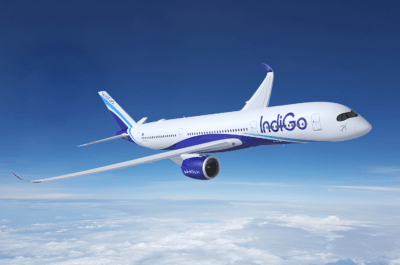




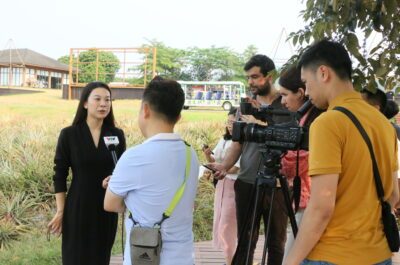




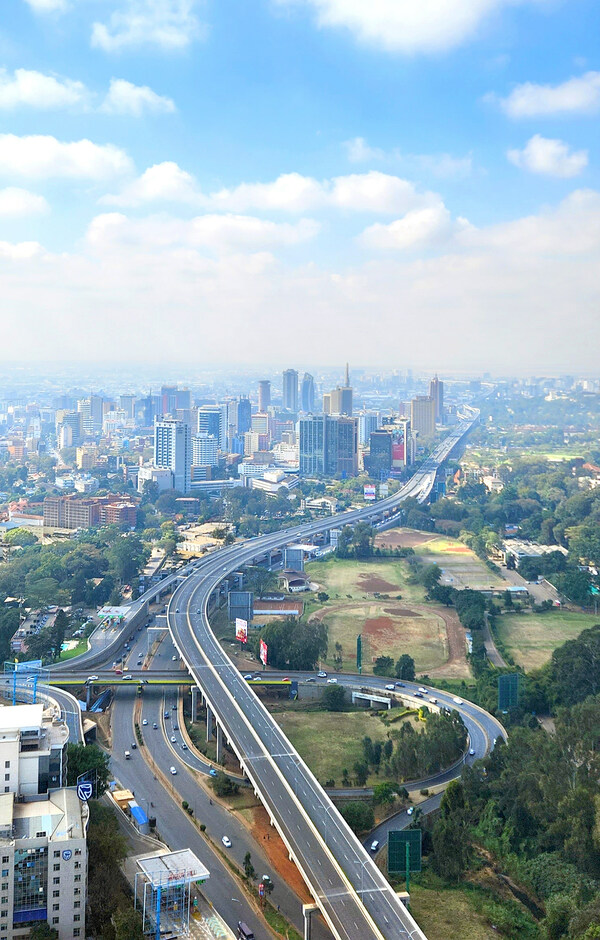

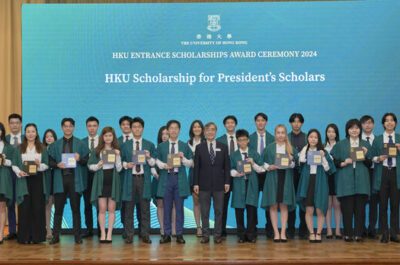
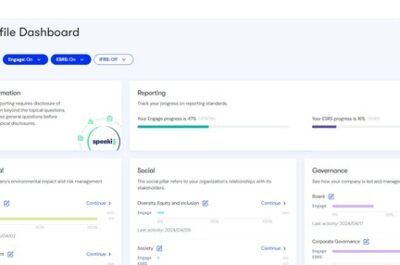






![[PR] PR_Ascott and Vimut Hospital_2024](https://www.traveldailynews.asia/wp-content/uploads/2024/04/PR-PR_Ascott-and-Vimut-Hospital_2024-400x265.jpg)

